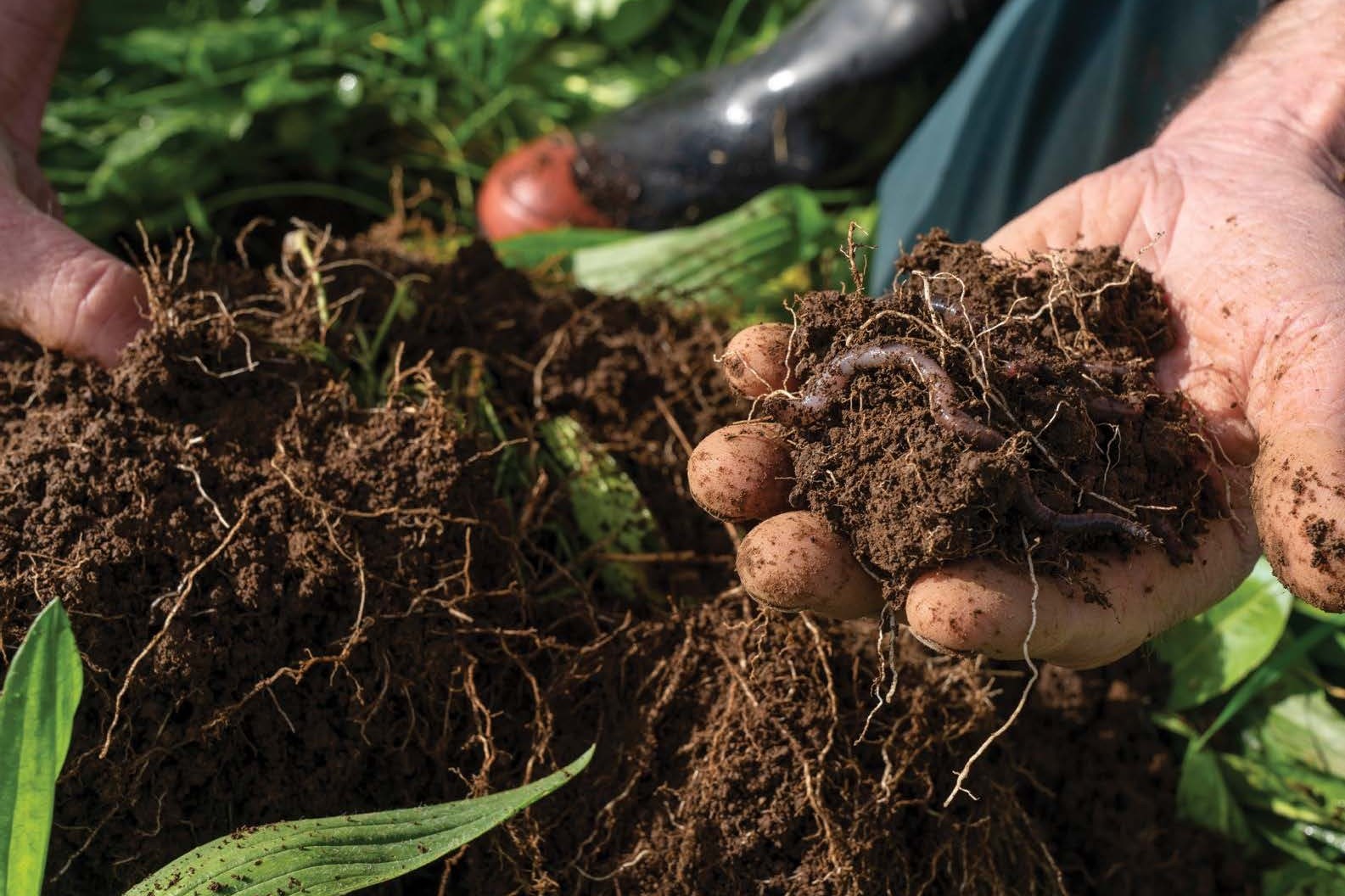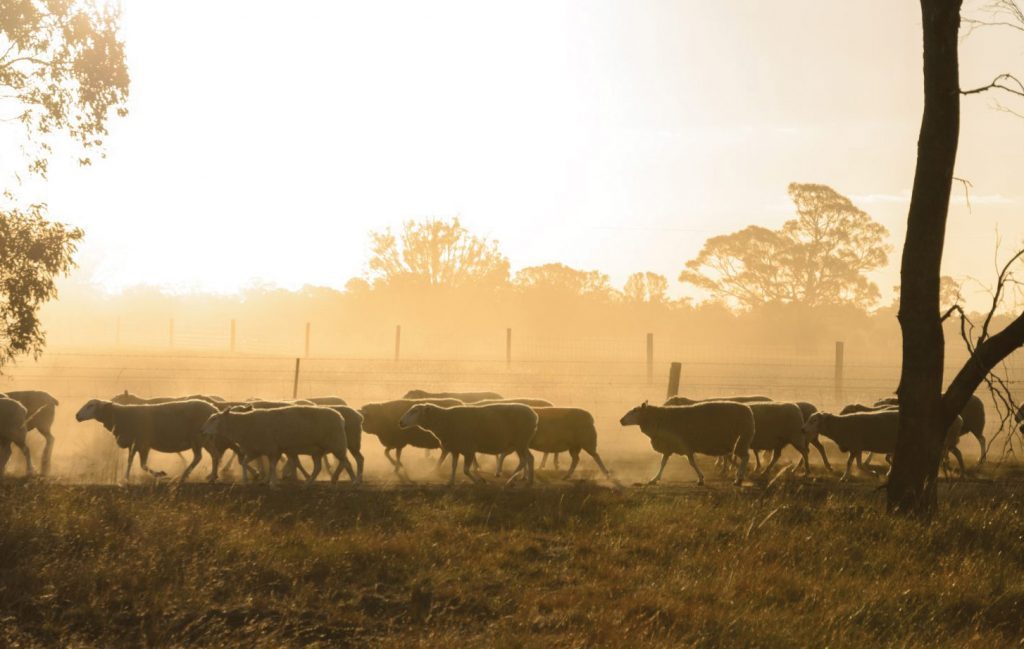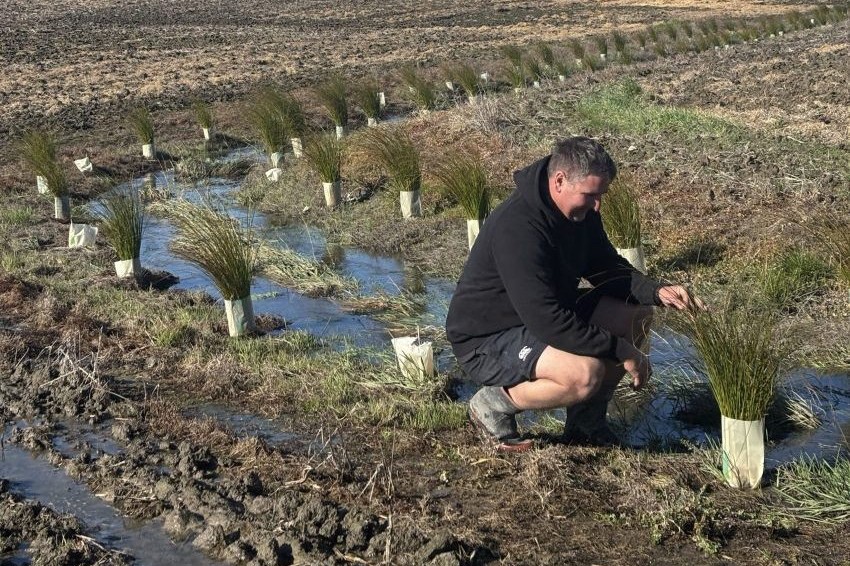NZ pastoral soils rich in carbon
An expert scientist warns against looking at overseas models when searching for soil solutions. Jo Cuttance writes.

An expert scientist warns against looking at overseas models when searching for soil solutions. Jo Cuttance writes.
Understanding the science that underpins New Zealand agriculture is key when looking for solutions to contemporary farming problems, soil scientist Dr Doug Edmeades says.
However, he warns there are some people who promote an overseas model of regenerative agriculture (RA) as the solution.
Edmeades has assessed some claims made for RA. He found a knowledge of the carbon cycle in NZ pastoral soils was very important for deciding if RA was valid for NZ.
Professor Jacqueline Rowarth agreed and said people needed to understand soil carbon in NZ soils. She said farmers needed to stop listening to RA advocates who came from the USA, which had half the soil carbon that NZ soils have, and Australia, which had a third.
“They are not able to contextualise what we have done to create our good soils because their experience is completely different,” Rowarth said.
New Zealand has well-developed pastoral soils that are rich in carbon. It is estimated that soil organic carbon represents more than 50% of NZ’s carbon stocks, Edmeades said.
RA originated on the prairies of the USA and in outback Australia. These ‘natural’ grasslands typically have low soil fertility and biological activity, low pasture production and extremely poor feed quality.

The soil carbon cycle
Plants capture carbon as CO2 during the process of photosynthesis. This carbon is mainly used to build carbohydrates in the plant. In NZ’s animal-based pastoral system, some C is ingested by animals and what is not used by the animal is released as methane and carbon dioxide, or as dung. This dung is an important source of C entering the soil.
Plants contribute directly to soil C. When they die, the C in the tops and roots gets incorporated into the soil. This process is enhanced during grazing. A pasture growing 10t/ha with utilisation of 80% would have 2t DM/ha being returned to the soil. However, not all C becomes part of the soil organic matter – some burns off back to atmospheric CO2.
It is via these two means that C is added to pastoral soils. If the sum of inputs is greater than the outputs, C accumulates.
The key components that make this C cycle work are the clover-based pastures, which contribute free nitrogen from the atmosphere, fertiliser P, K and S (etc) to feed the clover, and the grazing animal. This is enhanced by NZ’s climate which allows year-round pasture growth and animal grazing. Edmeades said this was why NZ pastoral soils were rich in C and organic matter. In an international context a soil C content of 2% was regarded as high. By comparison, in this context, cropping was exploitative. The amount of litter and plant residues being returned to the soil during cropping was minimal and cultivation, not including zero tillage, exposed the soil organic matter to oxidation and C was lost. Therefore, soil C is depleted under continuous cropping.
In 2007 Professor Louis Schipper and co-workers reported declines in soil C of about 1t C/yr on average, which is small in relation to the background levels of soil C. There were several possible reasons for this and further research is in progress.
Edmeades looked at four goals that impacted on managing soil fertility and which RA aspired to.
The first was the promotion of RA as being able to mitigate climate change through sequestering atmospheric CO2 as soil organic matter.

Edmeades said during pasture development large amounts of C accumulate in soils. This effect lasts about 20–50 years, and most of NZ’s pastoral soils are past this development phase. For most farmers the possibility of sequestering more soil C has passed, and most NZ pastoral soils are now C neutral, or in some cases may be net emitters of soil C. Edmeades said the idea of inverting topsoil by bringing to the soil surface undeveloped subsoil that could then be developed and hence accumulate more C was nonsense.
The second goal was to enhance soil health by building soil organic matter and microbial activity. Edmeades said NZ’s pastoral farming system, including the use of chemical fertilisers, enhanced and maintained soil health, soil organic matter and biological activity. Research showed the biological activity in the soil under pasture was greater than that in virgin soil (wild) and under cropping (arable).
A third goal of RA was to increase soil fertility through biological means: for example composts, manures, and by reducing mineral fertiliser use. Edmeades said this “fertophobia” appeared to come from the mid-1800s when the first chemical fertilisers were made. The fear was that relative to composts and animal manures, chemical fertiliser would somehow damage the soil, or at least could not possibly be better than organic sources. Edmeades said there was data from 14 long-term trials that ran for at least 50 years and compared the performance of manure/composts with their chemical counterparts. These trials showed chemical fertilisers were no better or worse than organic manures in terms of sustaining crop production.
Edmeades said substituting chemical fertilisers with manures and compost would be very expensive and would not necessarily improve soil quality, soil health or soil productivity. He said the nutrients in compost and manure were not free and mining one soil to feed another was not sustainable.
A fourth goal was utilising mycorrhizal fungi to access existing soil P reserves and adopting the Base Cation Saturation Ratio (BCSR) theory of soil fertility. Edmeades said attempts to use mycorrhizal fungi to mine down soil P reserves had not worked to date and there was no sound science to support the BCSR concept.




